A large percentage of licensed skincare therapists, cosmetologists, and other professionals working in the health and beauty industries are solopreneurs. Being a solopreneur makes it really difficult to juggle between managing the business, answering calls and performing direct services, all at the same time. The most important thing that a solopreneur can do as the first step to close a sale is having Phone IQ. If they’re not answering the phone, returning a call on time or answering the phone properly, the chances to lose a sale are higher.
Note: 92% of all customer interactions happen over the phone and 30-50% of sales go to the business that responds first.
Phone IQ is a term I’ve coined which entails everything from technology to phone etiquette. Let’s review your Phone Intelligence Quotient:

You should have a dedicated line for your business. If you’re using your personal cell phone number, you don’t have Phone IQ. If you don’t want to have two mobile phones with you at all times, consider using Google Voice. It’s a free service, and it allows you to have a dedicated business number that rings into your cellphone allowing you to distinguish between personal and business calls. You can set it up with voicemail (VM) that can get transcribed into your email so you never lose a message.
Have a professional voice message for your VM. Keep it short, sweet and clear. Everybody knows they need to leave their “name, phone number and a brief message”, so skip all that. If you have too much information to offer, such as making announcements about your specials or changes in your policies, you should direct your clients to your website. But most importantly, state the time frame in which you are going to return calls (usually 24 hours) and stick to that time frame no matter how tired you are at the end of the day. However, keep in mind that the faster you return a call, the more likely you are to make a sale.
Note: Referring clients to your website will allow them to get more information about your offerings and your business. Having a “FAQs” page is highly advisable. Your website should definitely have a “Contact Us” page, as well as ways in which the client can easily schedule an appointment with you. (Read my articles on “Salons and Millennials” Part 1 and Part 2).
Answer the call promptly. Sure, there are times when we just can’t drop everything to answer the phone. But your clients should expect a prompt response within 2 rings. Two rings should also be the setting for calls to go to voicemail. Don’t make the client wait for you.
Note: Treat questions, comments and complaints on social media just as promptly as phone calls. Seventy-eight percent of salespeople using social media outsell their peers. “Salespeople” in this context translates to “solopreneurs” who respond to potential and existing clients promptly on social media.
When answering the phone, stand up and smile. When you stand up, your energy increases, and when you smile, your client can “see” and “hear” it. Sending positive energy and vibrations to a potential or existing client makes them feel better about themselves, which in turn makes them feel better about doing business with you. Picking up the phone with a quick “Jane’s Salon, how can I help you?” sounds rushed, abrupt and boring and will automatically make the client feel put off. We are in a creative business. Get creative with your own “pick up line” and add a splash of friendliness.
Note: According to an article on Discovery, human beings can differentiate vocal intonation not only between a smile and a non-smile but among different types of smile. “Smiling affects how we speak, to the point that listeners can actually identify the type of smile based on sound alone…” And since 84% of the message over a phone is your tone of voice, making sure that “smiling tone” comes through is imperative (Read source here).
If you must put a client on hold, let them know why. It only takes an additional 10 seconds at the most. I personally find it annoying when I am told, right off the bat, “can you please hold?”, especially when all I have is a “yes or no” question. Wouldn’t it sound better to hear “Thank you for calling XYZ Salon. I’m wrapping up with a client. Would you mind holding for about one or two minutes?”; and then wait for the client’s response. If you know it will take longer than two minutes, let the call go to voicemail and don’t pick up. If you have an employee, ask for help and have the employee assist the caller. Oh, and make sure you have some kind of music programmed on your hold system. It’s frustrating to not know whether you’re on hold or if the call got disconnected.
How many times have you been under the impression that the business hung up on you? Urgh! Off-putting, isn’t it? Sometimes, the client has remembered one last question, or they are in the middle of telling you to have a good day, only to be cut off. So never hang up first. Just don’t do it. The rule is that the client hangs up first – not without hearing from you, first, that it was your pleasure to assist them and wishing them a good day. Waiting for them to hang up first sends the message that they are most important.
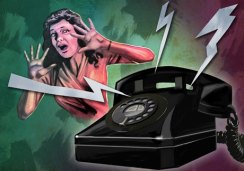
Don’t speak over a client. It’s just rude. If the client is calling you with questions about your products or services, don’t rush to cut them off because you think what the question is. And when your client calls you because they have a complaint or concern, allow them to vent and finish what they have to say and immediately apologize. If you simply don’t have the time to discuss over the phone (you’re alone in your business and another client is soon to arrive) schedule them for a 30-minute (in your book) in-person meeting (you can call it chat, consult, discussion, etc). The client will feel more important and will most likely feel better about you and your business by the time they come to you.
Note: Retaining current customers is 6 to 7 times less costly than acquiring new ones. So put energy and effort in your current clients and solving their needs.
If you have the financial means to hire a Virtual Phone Service, do so. They provide all kinds of services that may be difficult for us, as solopreneurs, to get on our own (mainly due to our lack of technical knowledge). These services range from toll-free numbers, hold music, “call flip”, call recording and video conferencing to live attendant, among others.
Note: When you have to leave the office in the middle of a phone, “call flip” allows you to transfer the call from your desk device to your cell phone so you can keep talking on the go.
If you have employees, make sure they (all of them) are properly trained to answer the phone exactly as you want them to. Never allow them to deviate from that format. Have procedures in place on how to handle appointments, questions, sales, and complaints. Your employees should also expect that they, too, should answer the phone if you or the receptionist are not available. That phone call pays their salaries!
The following rules on how to answer the phone, along with examples of how the conversation may actually go, have been researched and put into practice by very successful small businesses. Many business coaches use these rules when a potential client calls them for the very first time. I would like to share them with you.
Rule #1: Build Relationship with the client
Salon: It’s a great day at XYZ Salon. How can I help you?
Caller: I wanted to know about your XYZ service.
Salon: That’s great. My name is _______. May I have your name?
Caller: Sandra
Salon: Hi Sandra. How are you today?
Caller: I’m good.
Salon: Awesome!
Note: Starting with “It’s a great day at…” and learning and repeating the name of the client several times over the course of the conversation is mandatory.
Rule #2: Ask Empowering Questions
Salon: So that I am able to help you better, would you mind if I ask you a few questions?
Caller: Sure
Salon: Is this treatment for yourself or are you calling on behalf of a friend?
Caller: Myself
Salon: What are the areas of concern that you’d like to target?
Caller: XYZ and ABC
Salon: Have you ever received a similar service?
Caller: Not really
Salon: What have you done so far to treat the area? At home or in salon? And are you currently using any products?
Caller: I’ve received ABC and just using XYZ
Salon: What kind of results are you expecting to receive?
Rule #3: Gain Commitment
Salon:
“I ask these questions because a lot of times people have an idea in their mind of what this treatment is about and usually ask the wrong questions and have false expectations. Most people believe that XYZ they have had for years will go away in one session. That is not the case. It is for this reason that this treatment is being offered as a package of (amount) for $xxx.”
This is where you will provide the necessary information. However, keep in mind that if you have a niche treatment that you’ve developed, the best course of action would be to ask the caller to schedule an in-person consultation (see below) and prevent your competition from gaining access to this information free of charge.
Rule #4: Ask for referral or to search testimonials and close
Salon: Sandra, what I’d like you to do is visit my Facebook page to see the “before and after” photos I’ve posted from clients who have authorized me to publish these photos. With no commitment, would you like to come in for a consultation?
Caller: OK
Salon: Great! What day and time are more convenient for you?
Caller: Tuesday at 3pm
Salon: Absolutely! I have that time frame available, so let me get some information from you (You want to get full name, email address and tel# and perhaps a credit card if you hold appointments with a credit card).
Salon: Sandra, I have you down for Tuesday at 3pm. Please note that I have a 24 hour cancellation policy which I recommend you read in full on our website. Also, Sandra, I would like to make you aware that we offer a Referral Program, which you can learn all about it on our website as well. Please let your friends and family know about our services and that we are here to serve them as well.










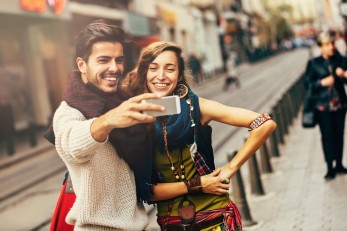










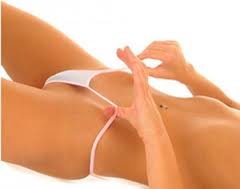
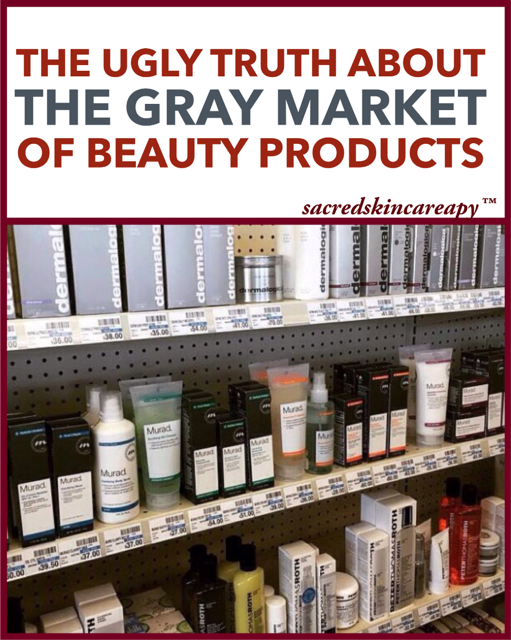
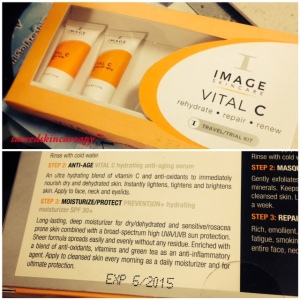

You must be logged in to post a comment.